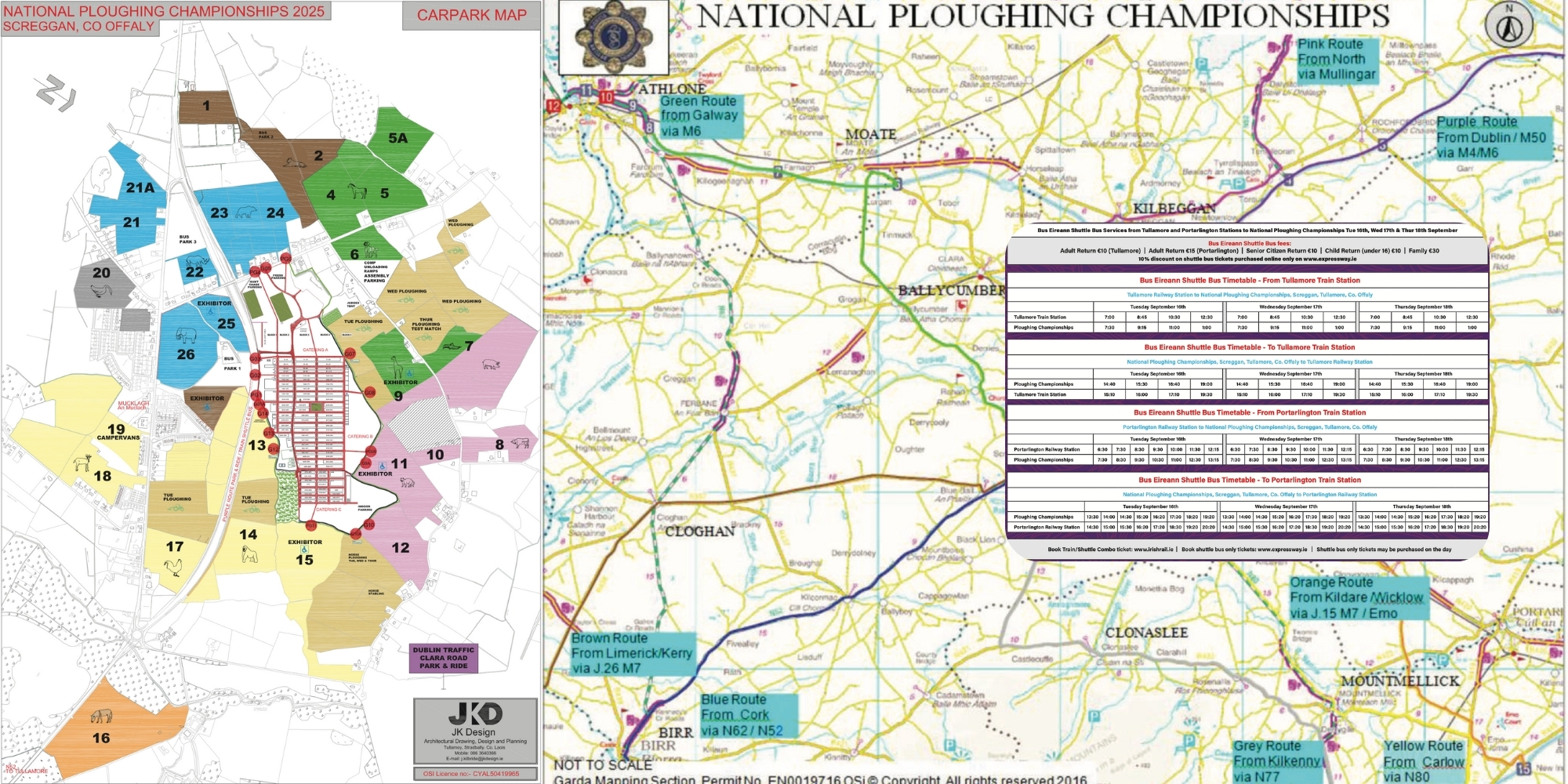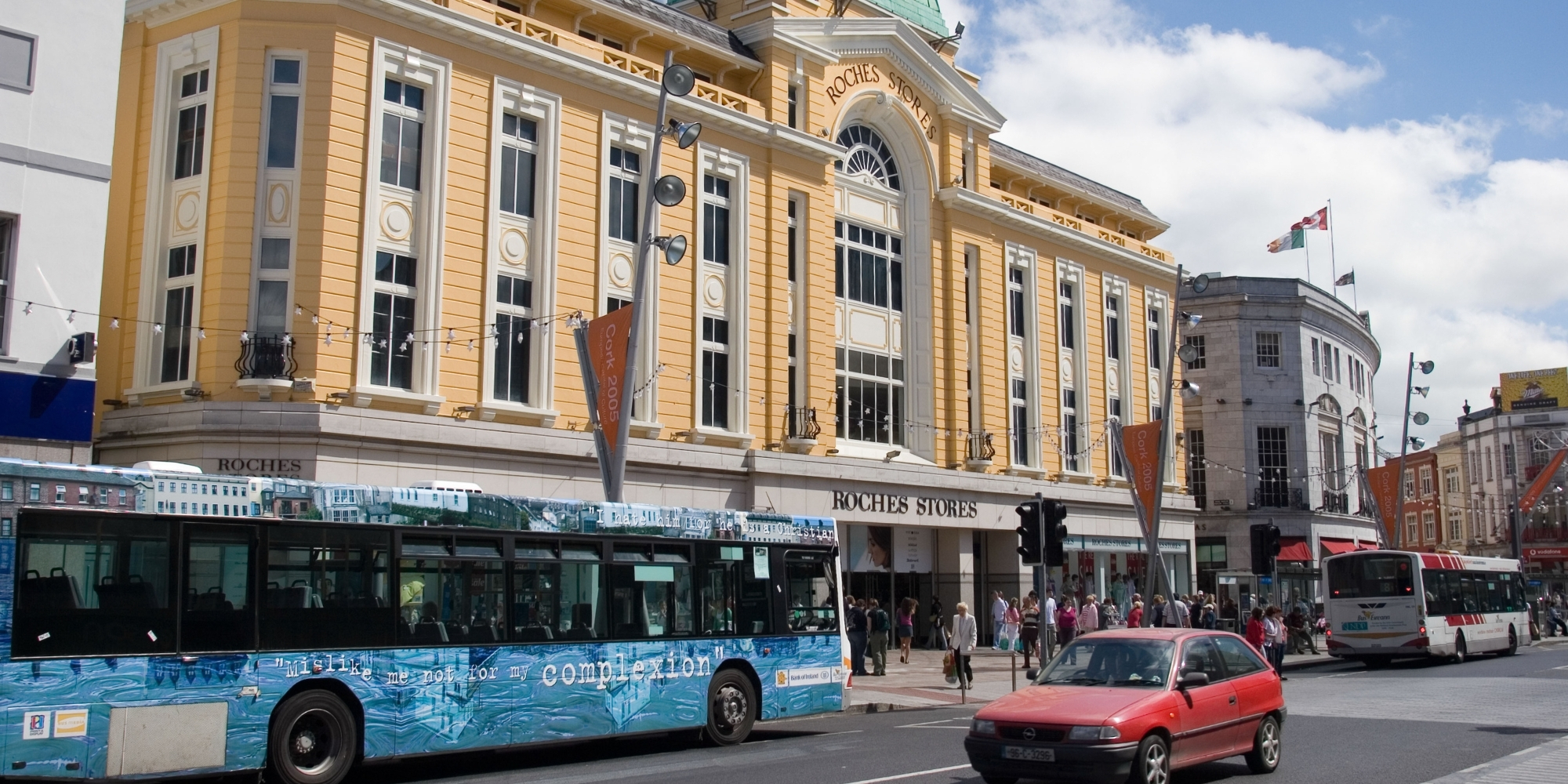Cork's Historic Gateways: The Dark Secrets of South Gate Bridge and the Maritime Legacy of French's Quay
French's Quay honours a wine merchant who became Cork's mayor in 1696. His family supplied wine for city feasts while running the quayside business.
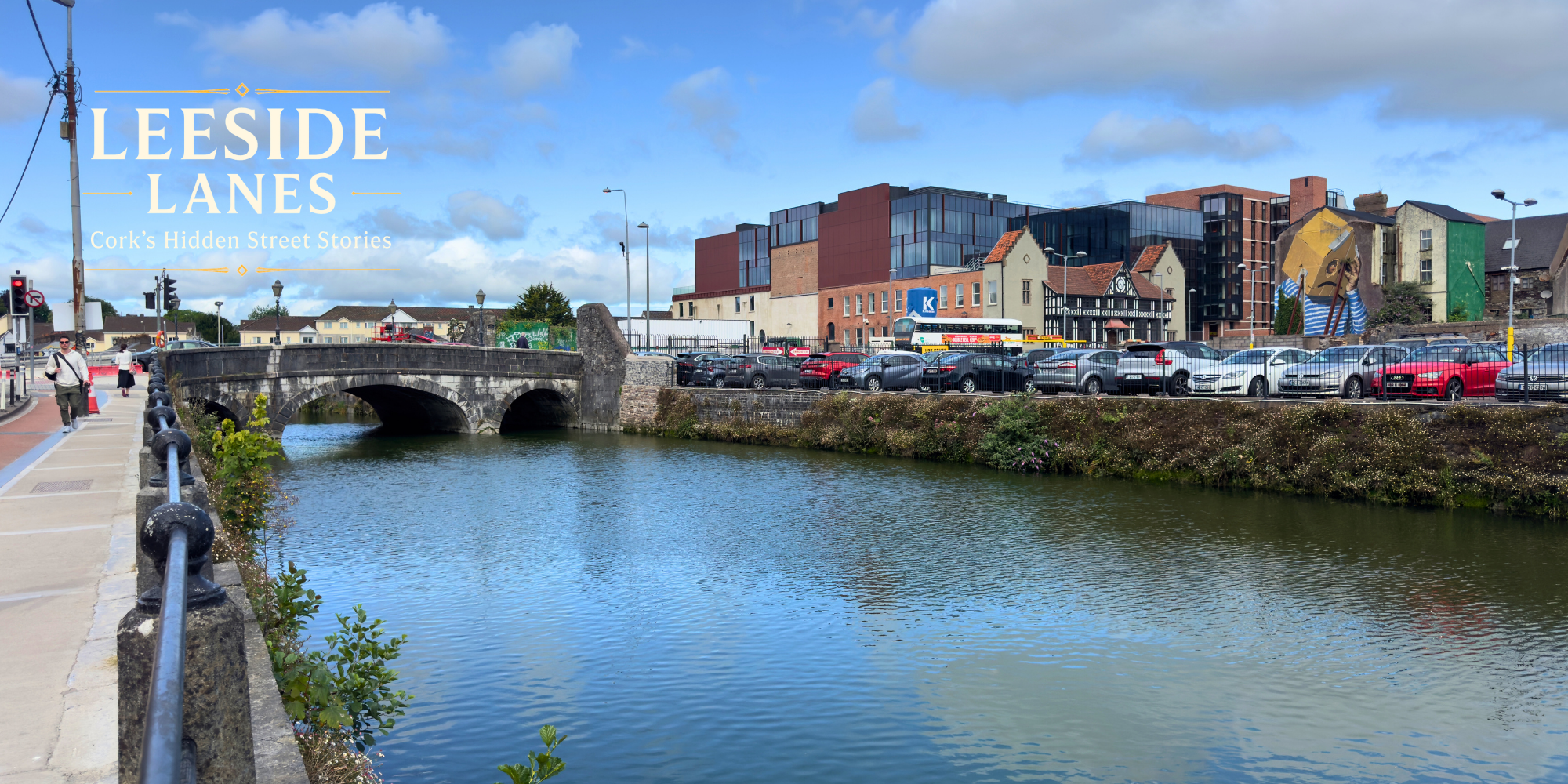
- Two of Cork's most historic locations share centuries of intertwined stories, from medieval executions to Viking settlements, while modern businesses keep their heritage alive
South Gate Bridge and French's Quay stand as living monuments to Cork's evolution from medieval fortress to modern city. These neighbouring landmarks, separated by mere metres, have witnessed over 800 years of the city's most dramatic moments: from Viking traders to public executions, from wealthy wine merchants to working-class fishermen.
South Gate Bridge: Where Justice Met the Tide
South Gate Bridge, Cork's oldest surviving bridge, carries a history as dark as the waters flowing beneath it. Built in 1713 by stonemasons George Coltsman and Thomas Chatterton, the triple-span limestone structure replaced centuries of wooden drawbridges that had connected the walled city to its southern suburbs since at least the 12th century.
The bridge's most chilling feature lies hidden beneath its arches. Peer under the bridge from Sullivan's Quay at low tide, and you'll spot a bricked-up archway: the sealed entrance to what locals call the "drowning dungeon." According to tradition, this subterranean cell would flood with the rising tide, slowly drowning prisoners confined within. While historians debate whether executions by drowning actually occurred here, the physical evidence of the sealed chamber remains visible today.
Local historian Kieran McCarthy:
"The 'drowning cell' story survives as local legend. Whether true or embellished, it speaks to a deeper truth about the brutal nature of justice at South Gate."
Above ground, the South Gate Prison stood at the bridge's northern end until the early 1820s. This gaol served primarily as a debtors' prison, where those who owed money could be confined indefinitely in damp, dark cells. Medieval maps from around 1600 show an even grimmer detail: the heads of executed criminals displayed on spikes atop the prison gates, serving as a stark warning to would-be lawbreakers.
The bridge underwent extension work around 1824 under architect Alexander Deane, with the join between the original 1713 section and the 1824 addition still visible beneath the arches. Apart from reinforcement work in 1993-94, the structure remains largely unchanged after three centuries of continuous use.
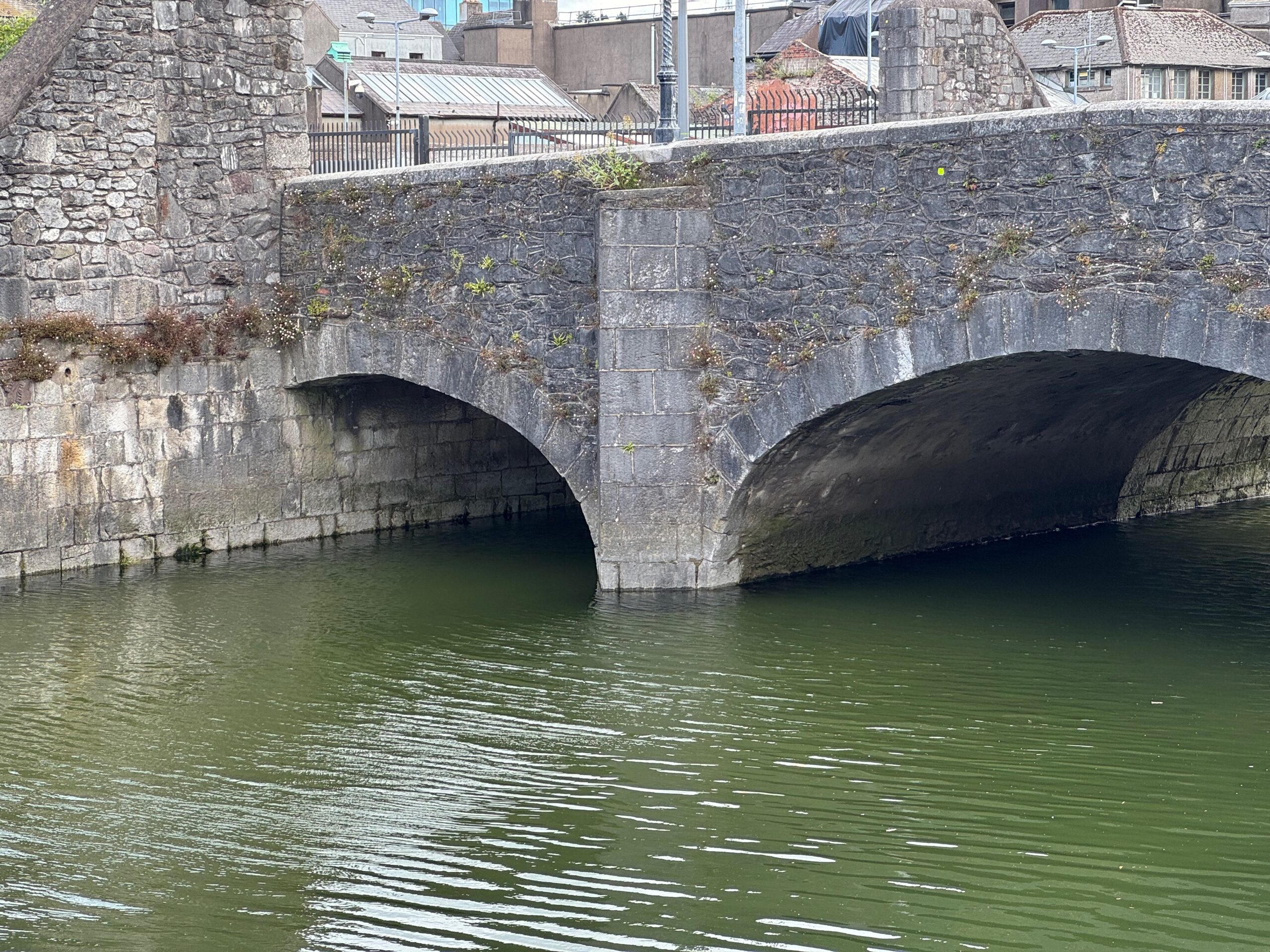
French's Quay: From Wine Merchants to Modern Commerce
French's Quay tells a different story, one of commerce and community rather than punishment. The quay takes its name from James French, a prominent wine merchant who served as Mayor of Cork in 1696. His house stood at the foot of Barrack Street, where the quay meets South Gate Bridge.
The French family dominated Cork's civic life for generations. James's son Philip became mayor in 1715, followed by another son, Abraham, in 1717. James French's wine business perfectly complemented his political role; he frequently supplied wine for official city functions, intertwining commerce with governance in typical fashion for Cork's merchant elite.
Archaeological evidence suggests the area's importance predates even the French family. Excavations have indicated possible Viking settlement along what would become French's Quay, with the location offering ideal access for Norse traders' longboats. The quay developed outside the medieval city walls, transforming from tidal marshland into a vital commercial waterfront as Cork expanded beyond its fortified boundaries.
Originally, only the eastern section bore the name French's Quay, while the western portion was called Globe Lane. In 1872, urban improvements saw old buildings demolished and the entire stretch unified under the French's Quay name. Throughout the 18th and 19th centuries, the area housed a thriving fishing community, with families living along the quay and nearby Keyser's Hill, the ancient stepped lane connecting the riverside to Barrack Street.
Living Heritage: Today's Businesses
Both locations maintain their commercial character through independent businesses that serve the local community. Phil O'Sullivan Electrical, operating at 5 French's Quay (advertising as "South Gate Bridge"), has served Cork for decades as a family-run electrical goods retailer. The shop's dual address reflects how closely the bridge and quay remain linked in local consciousness.
The Flying Enterprise Complex occupies 6 French's Quay, where it meets Sullivan's Quay. This beloved pub and restaurant, run by Finbarr O'Shea since the early 1980s, took its name from a cargo ship that sank heroically off Cork in 1952. The complex includes The Courtyard on Sober Lane.
Nearby, the Quay Co-op on Sullivan's Quay has operated since 1982, when it began as a workers' co-operative supporting feminist, LGBT, and environmental groups. Now stretching across three premises in what was once the old fire station, it continues to serve the community with its vegetarian restaurant, bakery, and wholefood shop.
At the bridge itself, Forde's Funeral Home has provided services since the 1950s, opening its formal parlour in 1971. This longstanding family business represents the continuity of local enterprise in an area that has seen dramatic change.
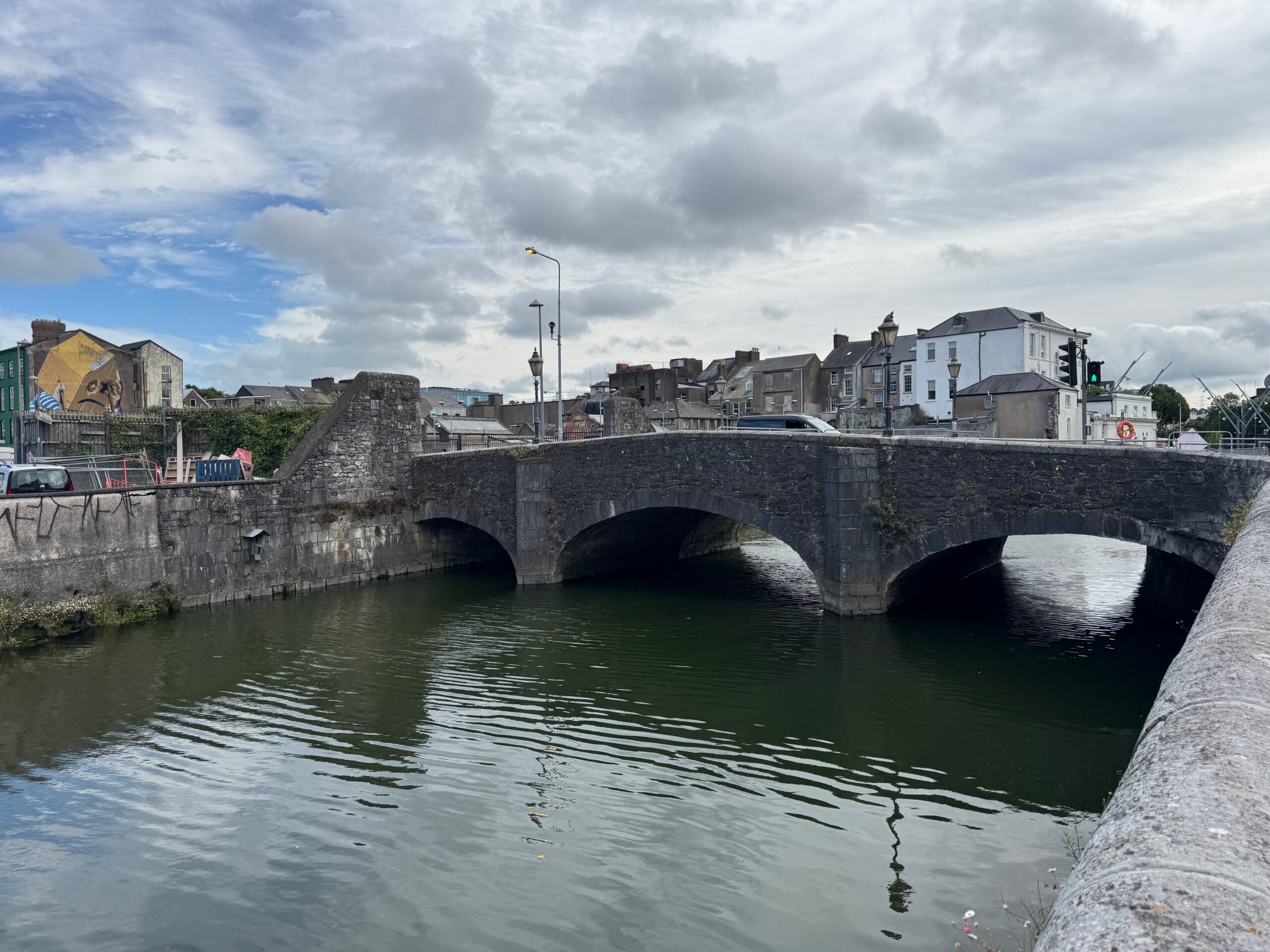
Challenges and Renewal
Recent years have brought both challenges and opportunities to the area. In August 2022, sections of the historic quay wall near South Gate Bridge collapsed for the third time that year, affecting the privately owned City Car Park. By May 2024, restoration work was completed to a high standard, though the incidents prompted calls for comprehensive assessment of Cork's historic quay walls.
Major regeneration projects promise to transform the area while respecting its heritage. The Morrison's Island Public Realm and Flood Defence project, begun in 2024, is creating a three-metre-wide riverside promenade along nearby Morrison's Quay and Father Mathew Quay. The long-delayed Cork Events Centre in the adjacent Beamish & Crawford Quarter may eventually increase footfall, though construction has yet to begin despite years of planning.
A new pedestrian bridge, recently installed, now connects French's Quay directly to the former brewery site, promising to erase historical divisions between the walled city and its southern suburbs. Cork City Council has confirmed a publicly accessible walkway will link this bridge to South Main Street, integrating the quay more fully into city life.
Local Colour and Living Memory
The area retains its mystique through preserved Irish names and local traditions. Street signs identify South Gate Bridge as "Droichead an Gheata Theas" and French's Quay as "Cé an Fhrinsigh," maintaining linguistic links to their historical functions. Keyser's Hill, possibly derived from a Norse word for steps or wharf, still provides a steep pedestrian route between quay and street.
Darker memories persist too. In June 1921, during the War of Independence, a young seamstress named Josephine Scannell was killed by a stray bullet while sewing at her window on French's Quay, caught in crossfire between IRA volunteers and British forces. Her tragic death became a cautionary tale of how conflict touched even peaceful homes.
Yet the area's character remains defined more by continuity than tragedy. From French's Quay, the triple spires of St Fin Barre's Cathedral rise above the rooftops, their bells ringing out over the water. The view encompasses centuries of Cork's development, from medieval fortress to Georgian expansion to modern regeneration.
Local resident Mary O'Sullivan:
"My grandfather fished from French's Quay in the 1930s. He'd tell stories of pulling salmon from the pools at low tide. The river's cleaner now, but you still see people with fishing rods on summer evenings."
Bridging Past and Future
South Gate Bridge and French's Quay represent two faces of Cork's history: authority and commerce, punishment and prosperity, inside and outside the old city walls. Today, they share a future focused on heritage tourism, sustainable development, and community resilience.
The planned archaeological investigations before Events Centre construction may finally answer questions about the drowning dungeon's reality. Meanwhile, the new bridges and walkways promise to reconnect areas long divided by history and development. As Cork continues to evolve, these ancient crossing points remind us that the city's strength lies not in forgetting its past, but in building thoughtfully upon foundations laid centuries ago.
For those seeking to understand Cork's layered history, a walk from South Gate Bridge along French's Quay offers a journey through time measured in mere metres but spanning nearly a millennium of human stories.
Information verified as of 10:30 IST, 2 July 2025. Historical details corroborated from Cork City Council archives, archaeological reports, and local historical societies.

